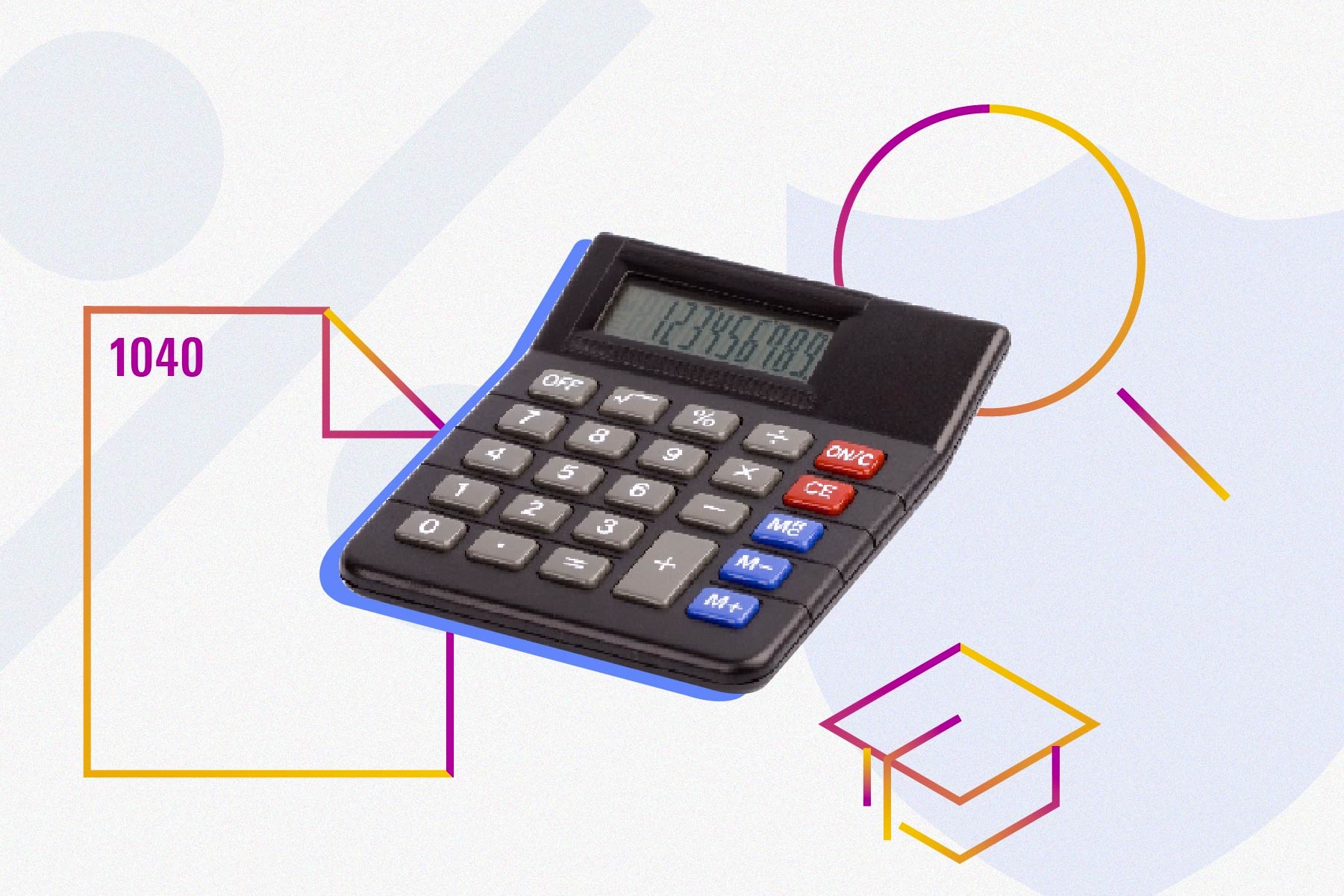What Are My Investment Options?
While 529 plan offerings differ from state to state, the basic structure is similar. All plans provide an age-based or target-enrollment series, which are set-it-and-leave-it investment options that gradually de-risk during the accumulation and savings period. These options can serve as a default choice for most investors, similar to a target-date series for retirement savers.
For investors who want to select their own investments, 529 plans also offer a menu of mutual funds (typically one or two dozen), such as a 60/40 balanced fund, an S&P 500 index fund, or more-specialized funds such as value, growth, or small-cap funds. Plans also provide an FDIC-insured account or a stable-value account as their least risky option.
But unlike brokerage accounts, 529 plans generally do not provide the ability to purchase individual stocks. In fact, families cannot take an active or trading approach to these 529 accounts, as investment changes are only allowed twice a calendar year. Contributions into the account are also invested in your preselected investment option once the check or bank transfer clears. It usually is not possible to deposit the money into a cash account and then decide when to invest.




